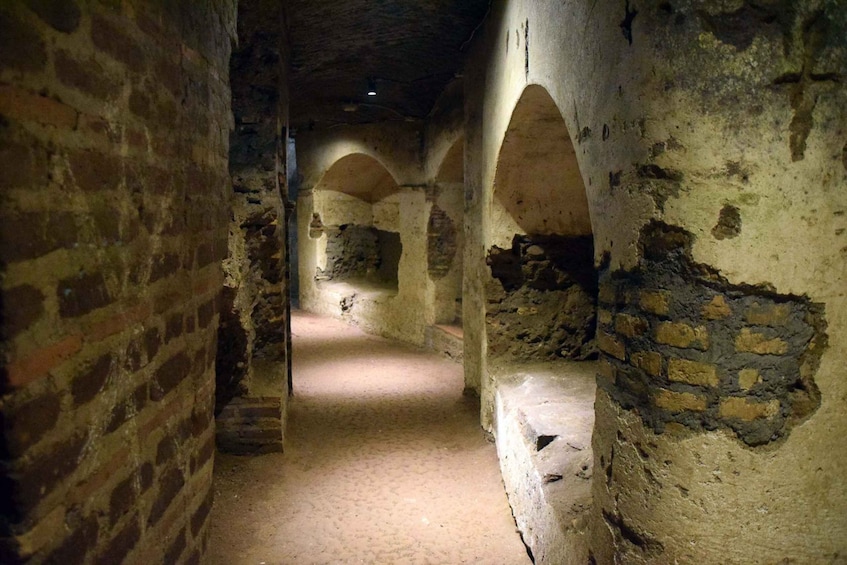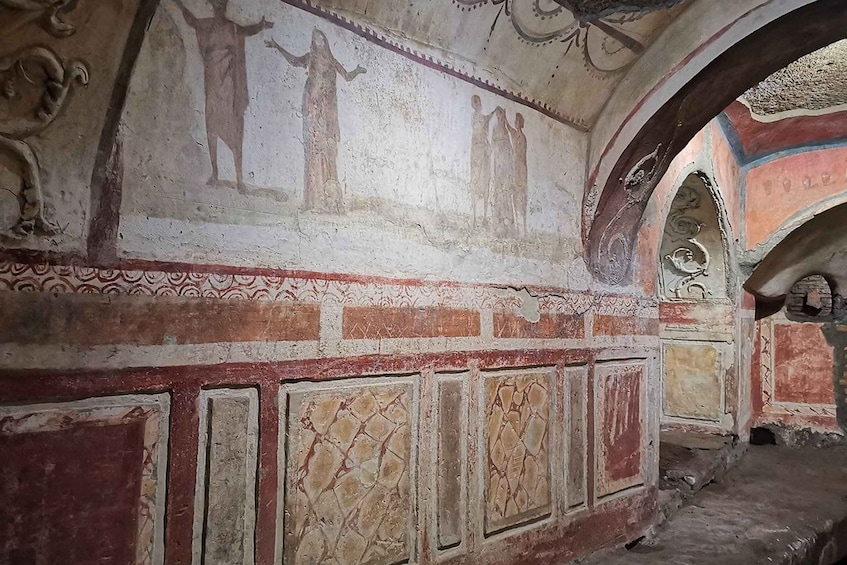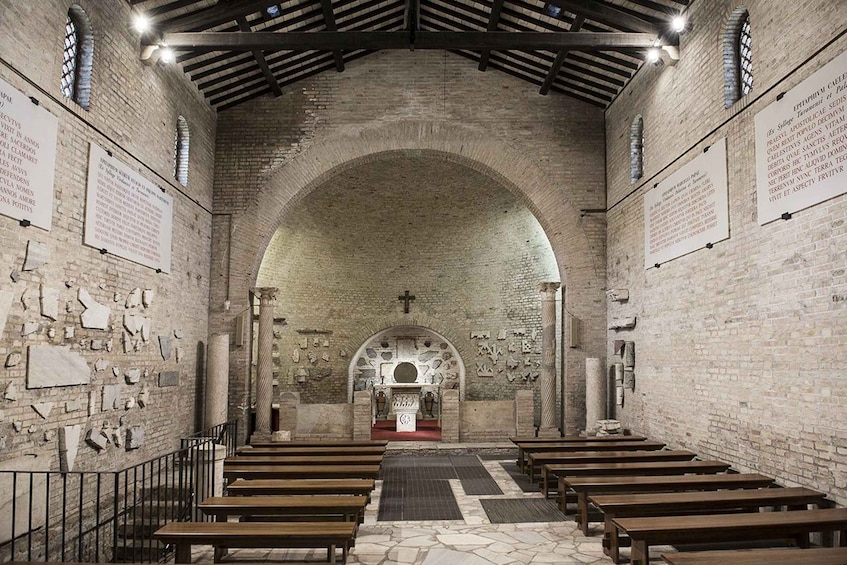




Rome: Catacombs of Priscilla Entry Ticket & Guided Tour
By OPERA ROMANA PELLEGRINAGGI
9.8/10
9.8 out of 10Free cancellation available
Features
Overview
Activity location
Meeting/Redemption Point
Multiple meeting/redemption points available, see location information for full list
Check availability
Guided tour in Italian
Guided tour in Italian
Language options: Italian
Price details
P 921.05 x 1 AdultP 921.05
Total
Until Wed, Jul 16
Guided tour in English
Guided tour in English
Language options: English
Price details
P 921.05 x 1 AdultP 921.05
Total
Until Wed, Jul 16
Guided tour in Spanish
Guided tour in Spanish
Language options: Spanish
Price details
P 921.05 x 1 AdultP 921.05
Total
Until Wed, Jul 16
What's included, what's not
Know before you book
- Not allowed: Baby strollers, Photography inside
- Not suitable for: People with mobility impairments